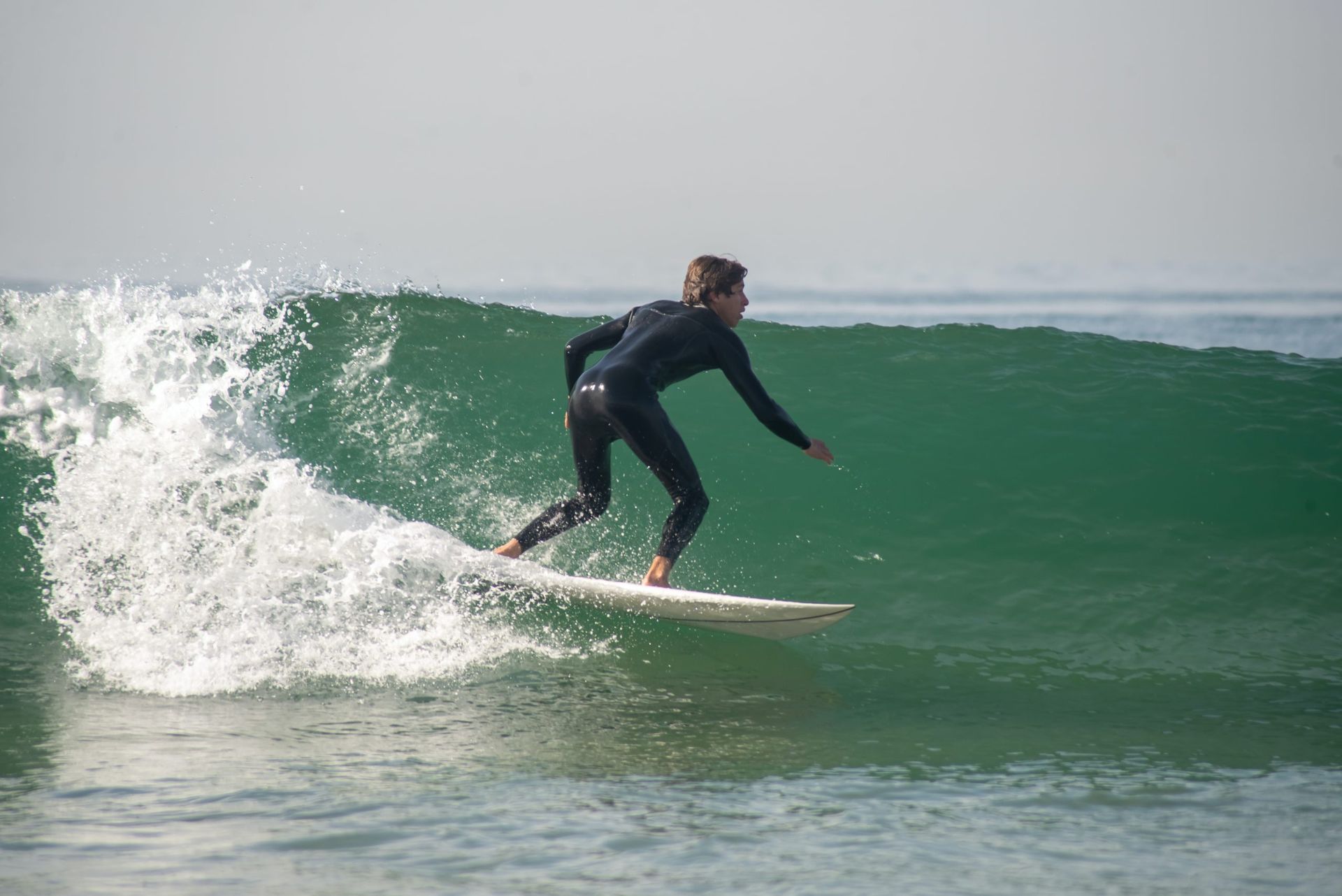Tips for Choosing Your First Wetsuit

Whether you’re going SCUBA diving or cold-water swimming, you need the right gear and equipment. Part of that includes a wetsuit. If you’ve never chosen a wetsuit on your own before, all the options you can choose from may feel overwhelming. Fortunately, there are a few things you can look at to help you find the right wetsuit for you.
Consider Water Temperature
The first thing to consider when choosing a wetsuit is the water temperature. Water temperature will impact what style of wetsuit you should select and how thick the material should be. In general, the colder the water, the thicker and more coverage the wetsuit should be. Thicknesses range from 0.5mm-7mm. You can find wetsuits in rash guard styles that offer relatively minimal coverage to full suits. If you’re swimming in water colder than 58 degrees Fahrenheit, add gloves, boots, and a hood to your wetsuit as well for additional protection. Remember to consider the ambient air temperature and wind speed, as well as your level of activity and sensitivity to cold when choosing your wetsuit.
Choose the Right Fit and Size
Wetsuits shouldn’t have any sagging in the back or bunching in the arms and legs. They’re meant to fit like a second skin, which means they will be skin-tight. This allows the wetsuit to maintain a thin layer of water between the suit and your body, making it easier to keep warm. There should be no excess room in the shoulders, knees, crotch, and torso. That said, you should also be able to lift your arms over your head, stretch your shoulders, and squat down with minimal restriction. If the movement feels too restricted, the wetsuit is too small. You’ll find a properly fitting wetsuit to be challenging to put on when dry.
Seams
Details matter when choosing a wetsuit. Pay attention to the seams in the wetsuits as well. Flatlock wetsuit stitching will allow some water through, which is why it’s best for water over 62 degrees Fahrenheit. Sealed wetsuit seams are glued and blind stitched, so they let less water in, making them suitable for water over 55 degrees Fahrenheit. Sealed and taped seams prevent water from seeping through altogether. They offer the most insulation, making them suitable for water colder than 55 degrees Fahrenheit.
Choosing the right wetsuit for your swimming adventure is an important part of dressing for your swim. The right wetsuit will help you stay warm, enabling you to swim more safely. Remember to check out other accessories like gloves, boots, and hoods if your swimming will take you into especially cold water too!
Did you know that cold-water swimming can be really good for you? Click here to see SwimJim’s take on the benefits of cold-water swimming.
The post Tips for Choosing Your First Wetsuit appeared first on Swim Jim.







